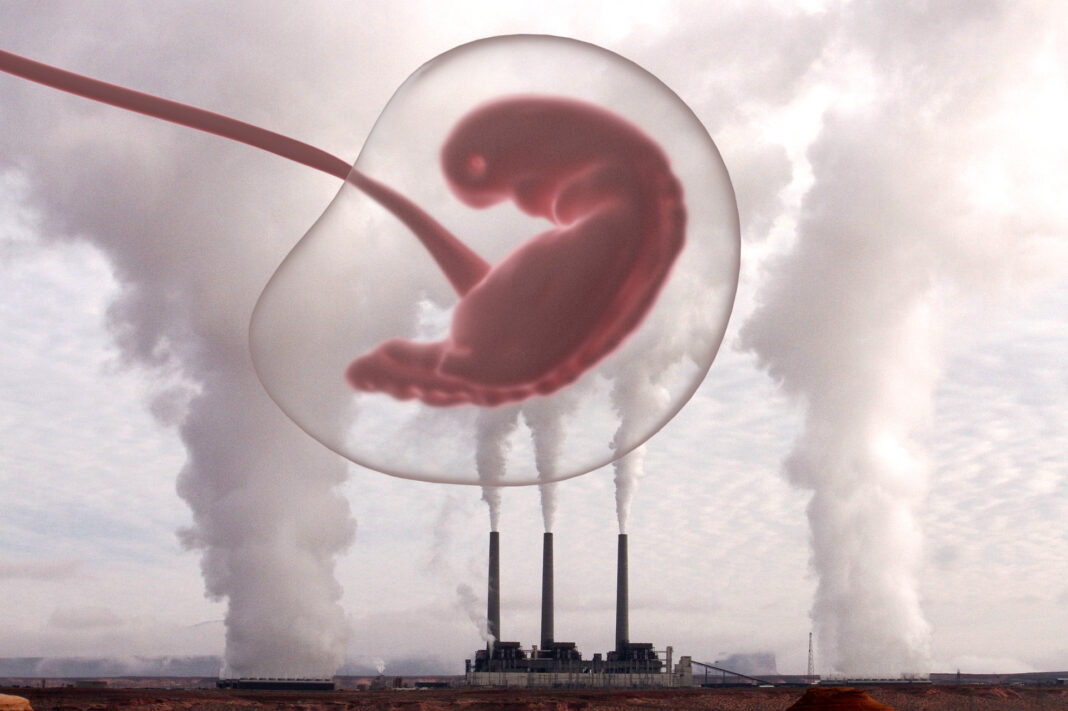Polluted air strongly affects the health of people living in this environment. Particles from fossil fuels are the most serious. Toxic nanoparticles from air pollution penetrate the lungs, liver, and brain of unborn children. Scientists have clear troubling evidence.
Fetal and Cord Blood Samples
Several older studies have confirmed the connection of polluted air with an increased number of premature births, spontaneous abortions, and low birth weight. The latest study, published in the Lancet Planetary Health journal, provides direct evidence of what specifically may be the cause of disruption of brain development in the prenatal period.
A group of non-smoking mothers from Scotland and Belgium, i.e., from countries with relatively low air pollution, participated in the research. The authors analyzed tissues from 36 fetuses obtained after voluntarily terminating normal pregnancies between the seventh and twentieth weeks of pregnancy. They also took cord blood samples from sixty healthy births.
The Human Fetus Organs Contain Carbon Particles
Research showed that each cubic millimeter of human fetus tissue contained black carbon particles that were inhaled by the mothers during pregnancy and then passed through the bloodstream and placenta to the baby.
The particles, made up of soot from burning fossil fuels in cars, homes, and factories, were found in every sample of lung, liver, brain tissue, cord blood, and placenta examined. Particle concentrations varied according to the level of air pollution.
“We have shown for the first time that black carbon nanoparticles not only enter the placenta in the first and second trimesters of pregnancy but subsequently also enter the organs of the developing fetus,” said Professor Paul Fowler from the University of Aberdeen in Scotland, who led the research.
Air pollution can damage every organ and virtually every cell in the human body. In addition, scientists have shown that small particles can penetrate through the blood-brain barrier that protects the brain. This finding is concerning because it could mean potentially lifelong consequences for a child.
Source: thelancet.com/journals/lanplh/article/PIIS2542-5196(22)00200-5/fulltext
Photo credit: Pixabay.com
















